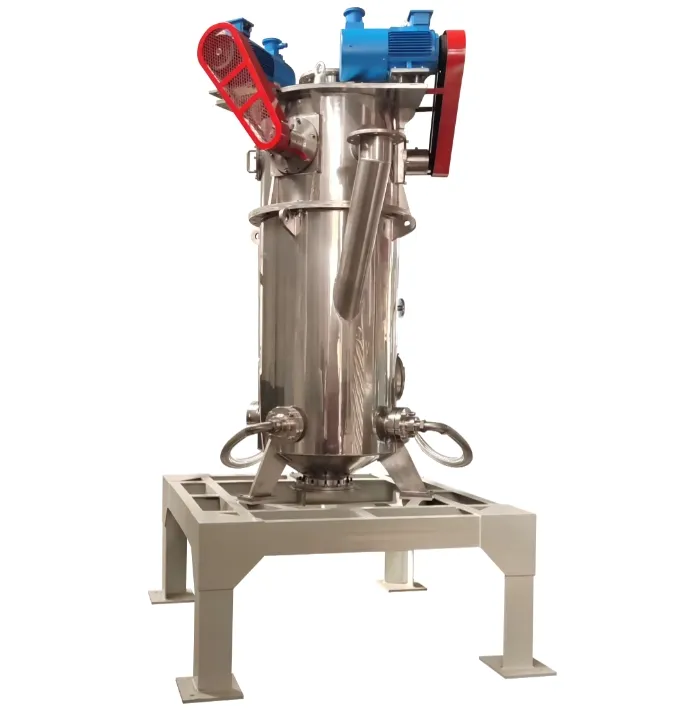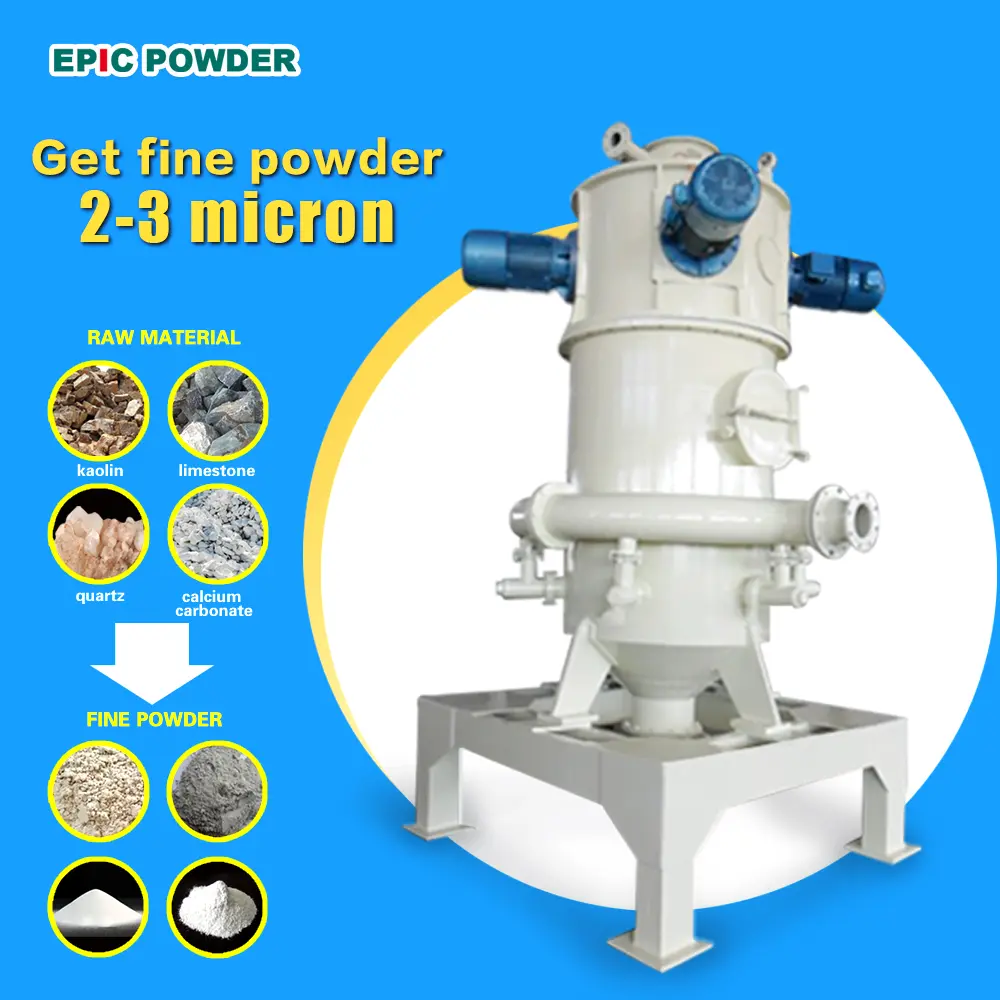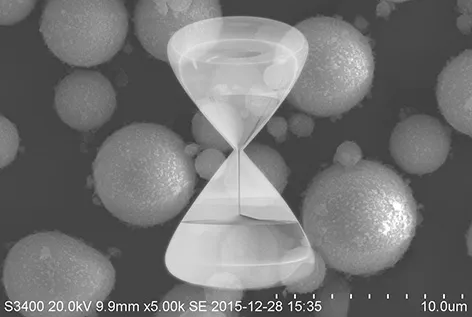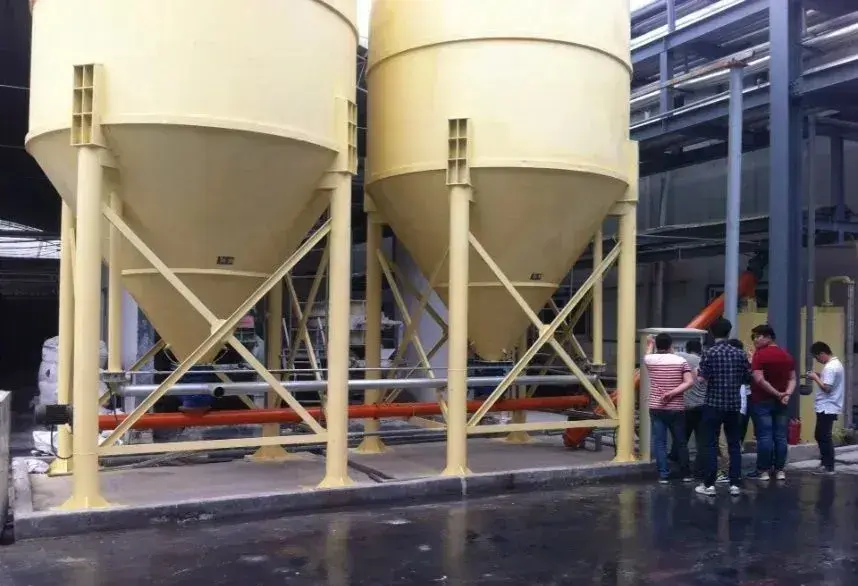Jet mill pulverizers are most effective when grinding materials with specific physical properties. These mills are designed to process certain types of materials efficiently. Here are the key factors and examples of materials that are well-suited for jet milling:

Key Characteristics for Jet Mill pulverizers
Brittleness and Hardness
Brittle Materials: Materials that are brittle are ideal candidates for Jet mill pulverizers. They easily break under high-speed impacts, allowing for fine particle production with minimal energy consumption. Common brittle materials include: Silica,Ceramics,Quartz and Glass.
Moderate Hardness: While brittle materials are best, materials with moderate hardness can also be effectively processed. Excessively hard materials may cause excessive wear on the equipment, so it’s important to strike a balance between brittleness and hardness to achieve optimal particle size distribution.
Viscosity and Flowability
Low Viscosity: Materials that are low in viscosity flow more easily through the Jet mill pulverizers, reducing the risk of clogging. Examples of such materials include powdery or granular chemicals and certain food additives.
Examples of Materials Suitable for Jet mill
Pharmaceuticals:
- Active Pharmaceutical Ingredients (APIs): These materials often require ultra-fine particle sizes for better bioavailability and efficacy.
- Polymers: Some polymer powders are milled to control particle size for drug delivery systems.
- Pigments: For the production of high-quality, fine pigment powders.
- Dyes: Often jet-milled for applications in textiles or coatings.
- Fertilizers: Fine powders of fertilizer ingredients can be produced using jet milling.
- Minerals:
- Calcium Carbonate: Commonly used in pharmaceuticals, plastics, and coatings.
- Talc: Used in cosmetics and pharmaceuticals.
- Silica: Ground into fine powders for use in paints, coatings, and industrial applications.
- Clays: Used for various industrial purposes, including ceramics and drilling fluids.
Materials That Are Not Suitable for Jet millings
Certain materials do not perform well with jet mills:
- Elastic or Sticky Materials: These materials tend to absorb energy rather than fracture, making it difficult to achieve the desired particle size. Additionally, they can clog the jet milling equipment.
- High Moisture Content Materials: Wet or moisture-retaining materials are inefficient to mill and can result in inconsistent particle sizes.
- Excessively Hard or Abrasive Materials: Extremely hard or abrasive materials can wear out milling equipment quickly, making them better suited for alternative methods like ball milling.
Conclusion
In summary, the best materials for jet milling are brittle or moderately hard substances with low moisture content and low viscosity. These materials are easier to break apart during milling, allowing for faster and more efficient processing. With low moisture, there’s less chance of clogging or agglomeration, ensuring a smoother operation. Additionally, low viscosity helps the materials flow more easily through the system, reducing strain on the equipment. Choosing the right materials results in higher-quality products, less wear on the machinery, and fewer instances of equipment failure, which ultimately reduces downtime and improves overall milling efficiency.
epic powder

Epic Powder, 20+ years of work experience in the ultrafine powder industry. Actively promote the future development of ultra-fine powder, focusing on crushing,grinding,classifying and modification process of ultra-fine powder. Contact us for a free consultation and customized solutions! Our expert team is dedicated to providing high-quality products and services to maximize the value of your powder processing. Epic Powder—Your Trusted Powder Processing Expert !

